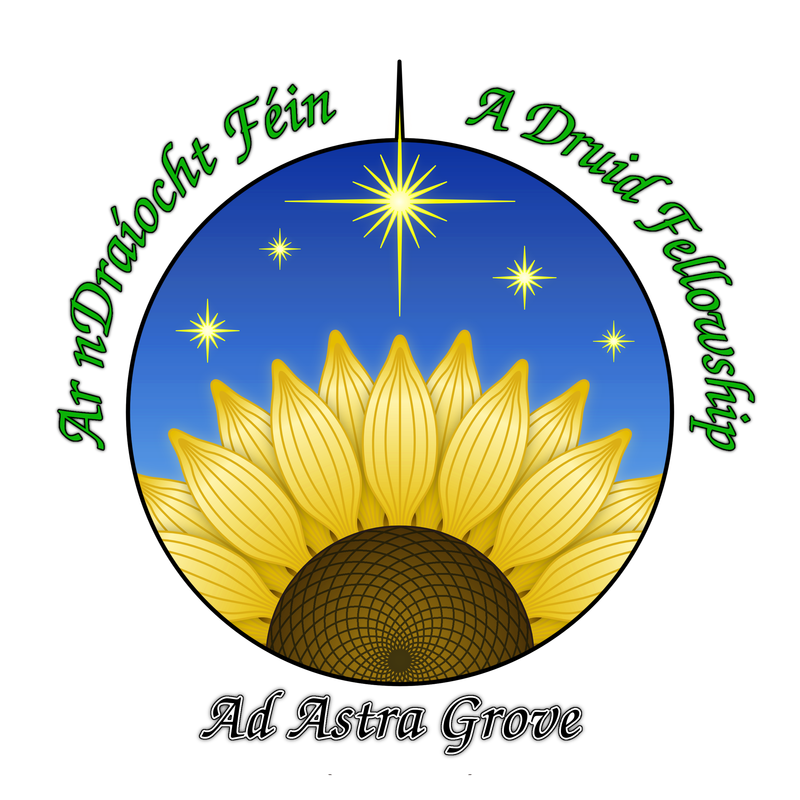I once heard someone describe Yule as being half way out of the dark. I struggle without the warmth of the sun and the gentle kisses of its light on my skin. I crave and need that light, so for me Yule is one of the most joyous celebrations. This would be doubly true for the people for whom there was no such thing as the electric light. There is an ancient German custom of singing the sun up during the longest night. The Yule Log was lit, and the Yule hog, which has become the Christmas Ham, was served. Actually, many Pagan traditions have since become Christmas traditions.
"Two popular observances belonging to Christmas are more especially derived from the worship of our pagan ancestors—the hanging up of the mistletoe and the burning of the Yule log,” wrote Robert Chamber in his Book of Days (c. 1901).
The evergreens used for Christmas have Germanic as well as Roman influences. Saturnalia was a holiday at the time of the Solstice in which evergreen boughs were brought into the Roman home. The celebration would include masquerades in the streets, big festive meals, the visiting of friends, and the exchange of good-luck gifts called Strenae or lucky fruits. Masters and slaves would temporarily exchanging roles, which could be seen as a precursor to boxing day. The use of evergreens to decorate the streets and houses was also very noticeable during this great winter festival.
On the darkest night of the year, the winter solstice, we will gather in order to celebrate the rebirth of the Sun, as seen from societies of old. The rebirth of the great giver and sustainer of all earthly life, and the turning of the wheel of the year again. To paraphrase one of my favorite writers on the subject, if we did not celebrate the solstice, then the Sun would not rise again, and all we would have is a mere ball of flaming gas that would illuminate the world.



 RSS Feed
RSS Feed
